Although it was my first visit, I arrived to Antigua last week convinced I knew how I was going to approach the article I promised the country’s tourism board in exchange for their kind invitation.
“I read a bit of Jamaica Kincaid in college, her book about Antigua,” I explained to the woman who picked me up at the airport, “so I know more about the island than your average visitor.”
She sighed. “She didn’t say the nicest things about us.”
Initially, I pushed back on that claim. A Small Place, after all, was an indictment of North American (and, worse, European) tourism, casting the industry as a continuation of the brutal colonial period that was supposed to have ended on November 1, 1981, when Antigua officially gained independence from the United Kingdom.
The idea, before my plane landed this was, had been to mimic the style and narrative arc of the tome, potentially with passages from it interspersed as block quotes. But within minutes of driving off the airport grounds, I became enamored by Antigua’s beauty – there was simply no room left in my mind for Kincaid’s cynicism.
More than that, I quickly realized the view she presented of her mother country was inaccurate or, at best, outdated – A Small Place first went to press in 1988, after all.
Kincaid had slammed the omnipresence of tourism in Antigua, asserting that it robbed Antiguans of the identity and with it, their sovereignty. In fact, the money the island has earned from the industry the past several decades has enabled its economy to develop extensively, to the point where the extreme disparity she describes as existing between locals and visitors – “a tourist is an ugly human being,” she spits, who travels to witness “heaps of death and ruin and [feel] alive and inspired by the sight of it” – has been largely erased.
There’s the fact that white tourists remain, at best, inconspicuous among the 87,000 who call Antigua home; and also, that the majority of hotels (there aren’t many resorts, at least not resorts as you think of resorts in the Caribbean) are not only staffed by Antiguans, but managed and owned by them as well. Nearly all the island’s roads, whose condition Kincaid describes as atrocious outside of areas foreign visitors and dignitaries frequent are paved and well-lit, lined with billboards that proudly proclaim Antigua as “the Caribbean’s only 4G LTE island,” among other accolades.
This is not to say there isn’t truth to what she wrote, or at least that there wasn’t at one point. “It used to be almost embarrassing,” a fellow journalist, who’s been visiting Antigua since just after it became independent, explained. “If you were white, you were essentially unable to communicate with local people, except maybe for the maid who cleaned your room. It was almost as if the outgoing colonial class thought we wouldn’t know what to say, were we to come in contact with a black person.”
Although it was initially Kincaid’s prose – its cadence, its aggression and the way it twists around itself like Antigua’s thousands of bougainvillea vines – that hooked me on A Small Place, reading it as many times as I did at least partially convinced me that the gist of what it argued was true.
Ironically, I taught the book to several of my advanced-level private English clients in Shanghai, including the one I met with for the last time literally hours before I boarded the one-way flight to Vietnam that sealed my fate as a professional traveler.
Indeed, my adherence to the Jamaica Kincaid doctrine relaxed long before I set foot on Antigua: I’ve had the better part of the past six years to see – and to take part in – the very positive ways tourism and tourists can impact local populations.
“I get it now,” I blurted out suddenly, as I sat atop the lookout at Shirley Heights with a fellow blogger who happened to be in Antigua at the same time as me, albeit on completely unrelated business.
She seemed understandably confused. “What do you mean?”
“The woman who picked me up at the airport – when I told her I’d read an Antiguan author who wrote about the negative effects of tourism on the island – insisted that it was Antiguans, and not foreign tourists, whom the author was attacking.
“I get it now,” I proclaimed once again, the truth as blinding to me as the brilliant streaks of fluorescent water in the shallow, azure bays hundreds of feet below us.
You see, it wasn’t that Jamaica Kincaid directly attacked her own people – she didn’t – but that she somehow assumed they were too weak or unintelligent or not resilient enough to make tourism work for them, or even not to be beaten by it.
Not unlike the traditional left-wing view of “the poor,” which inherently robs a sizable group of people of their individual power under the guise of compassion, Kincaid’s seeming concern for her fellow Antiguans is really more of a degradation, a truth the author’s having lived in the United States since before she even wrote A Small Place amplifies.
Antigua is defined by neither death nor ruin; you are not an ugly human being for wanting to go there. You are justified: The Antiguans will happily welcome you, but if you’re not yet convinced you should visit Antigua, these pictures should do the trick.
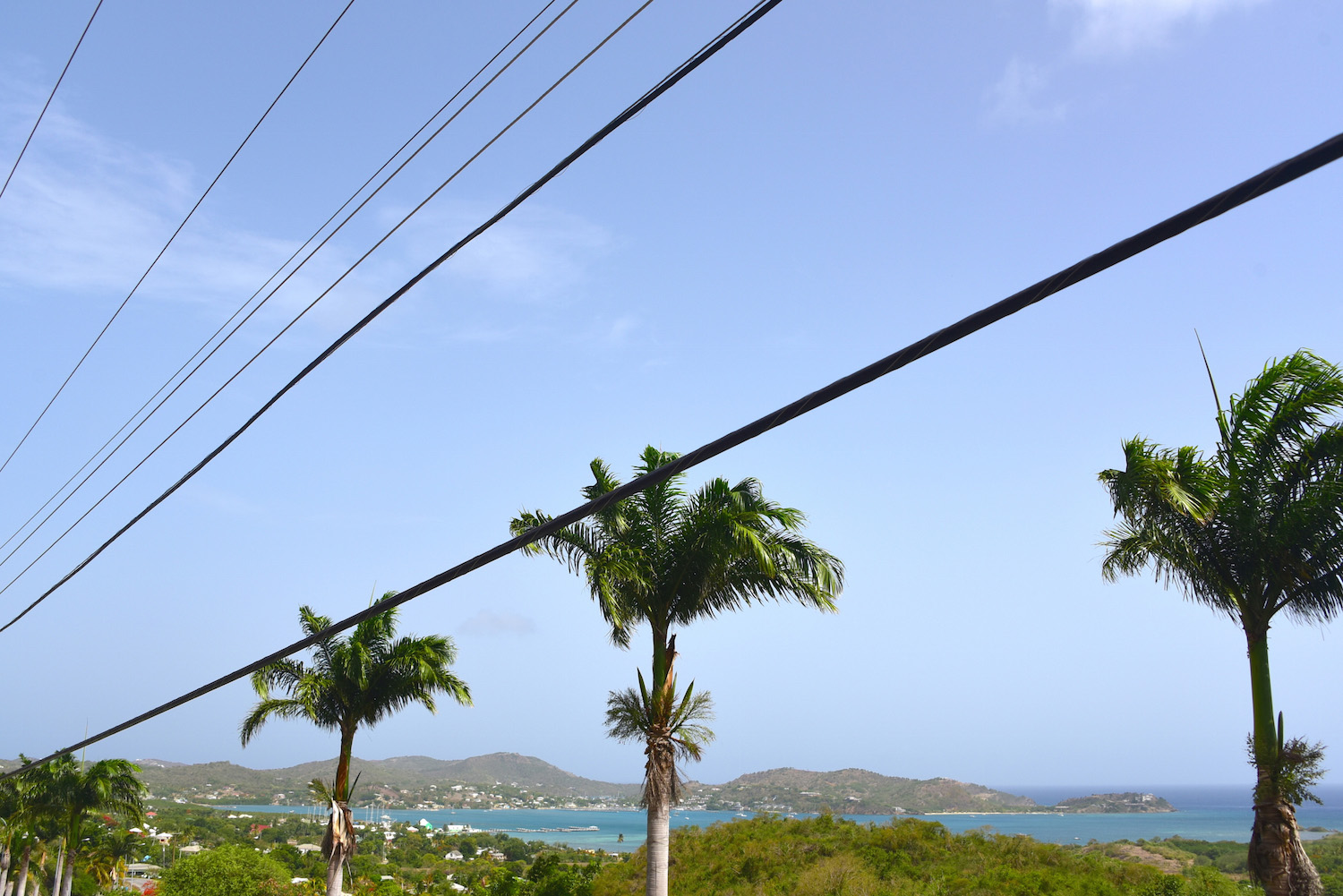
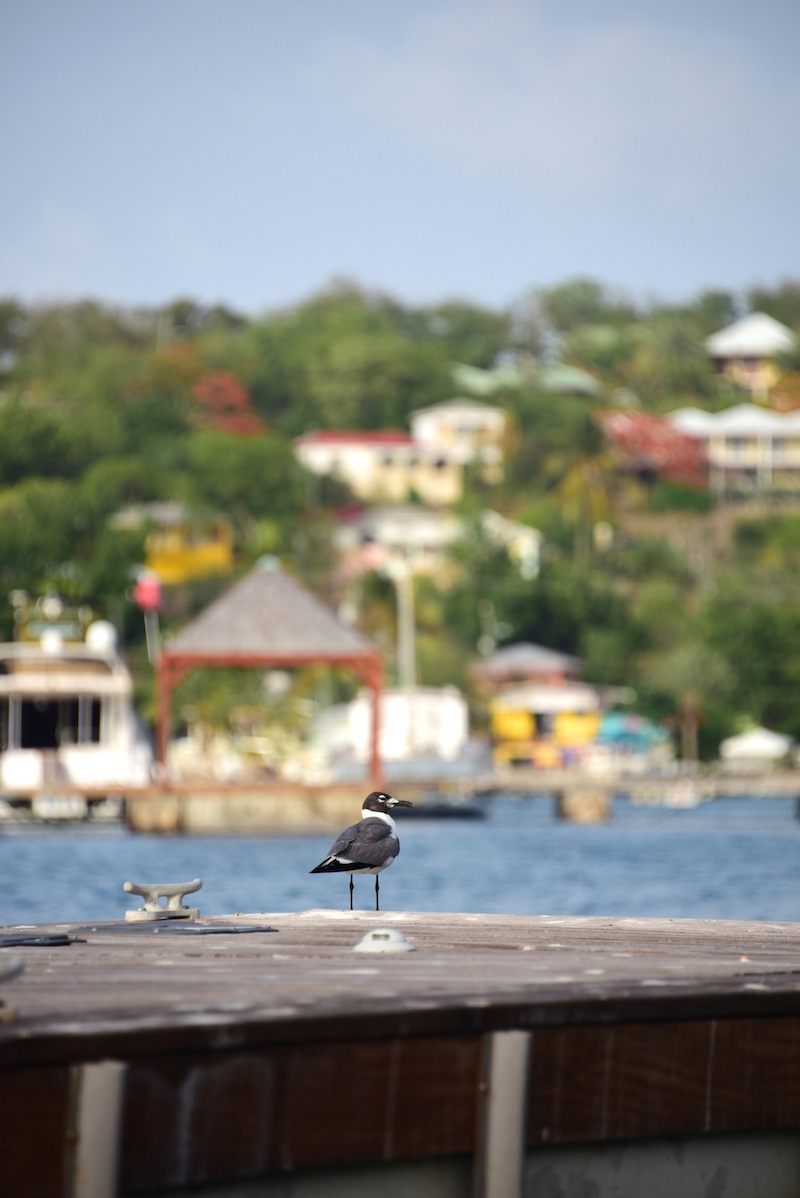
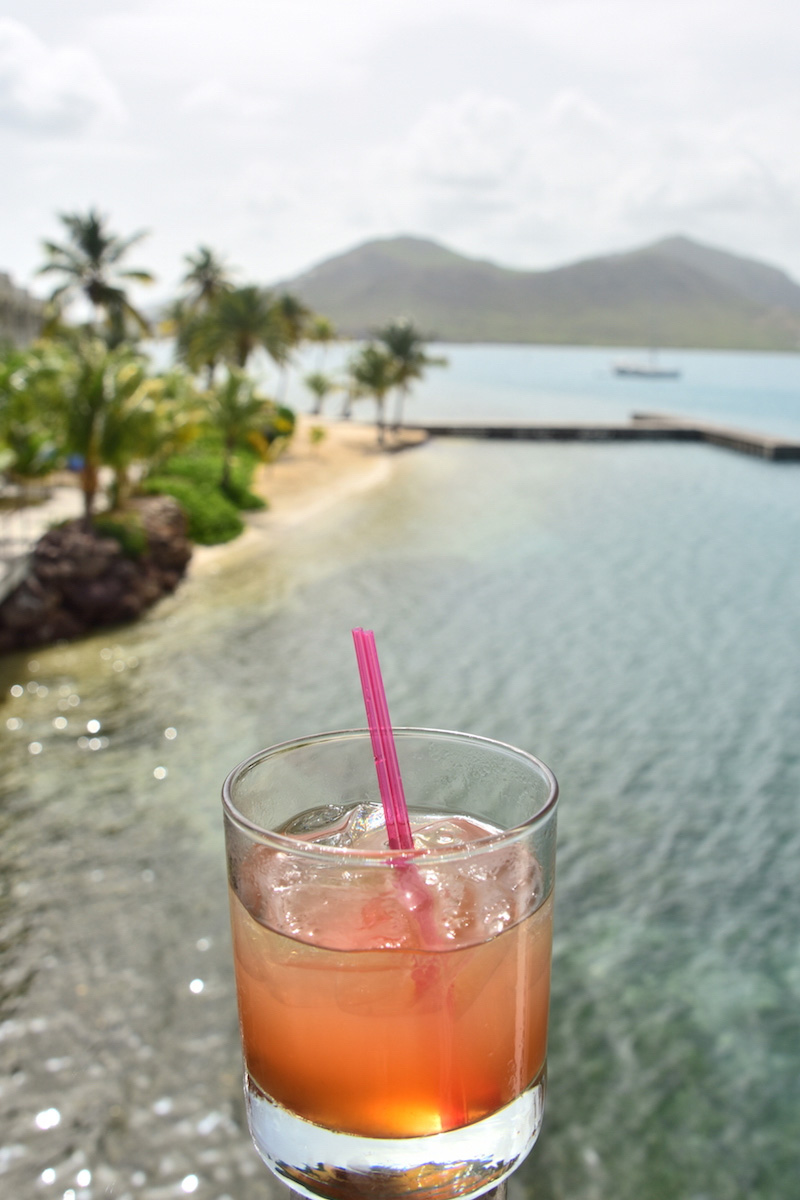

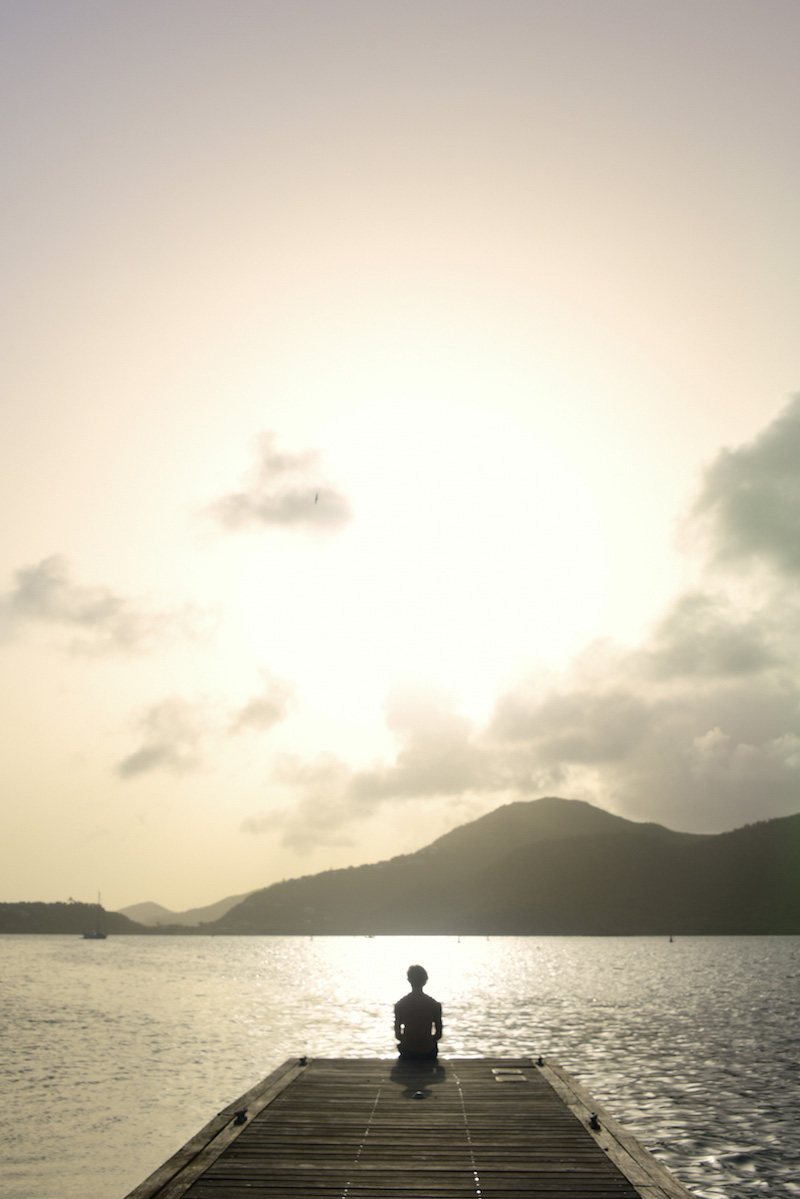
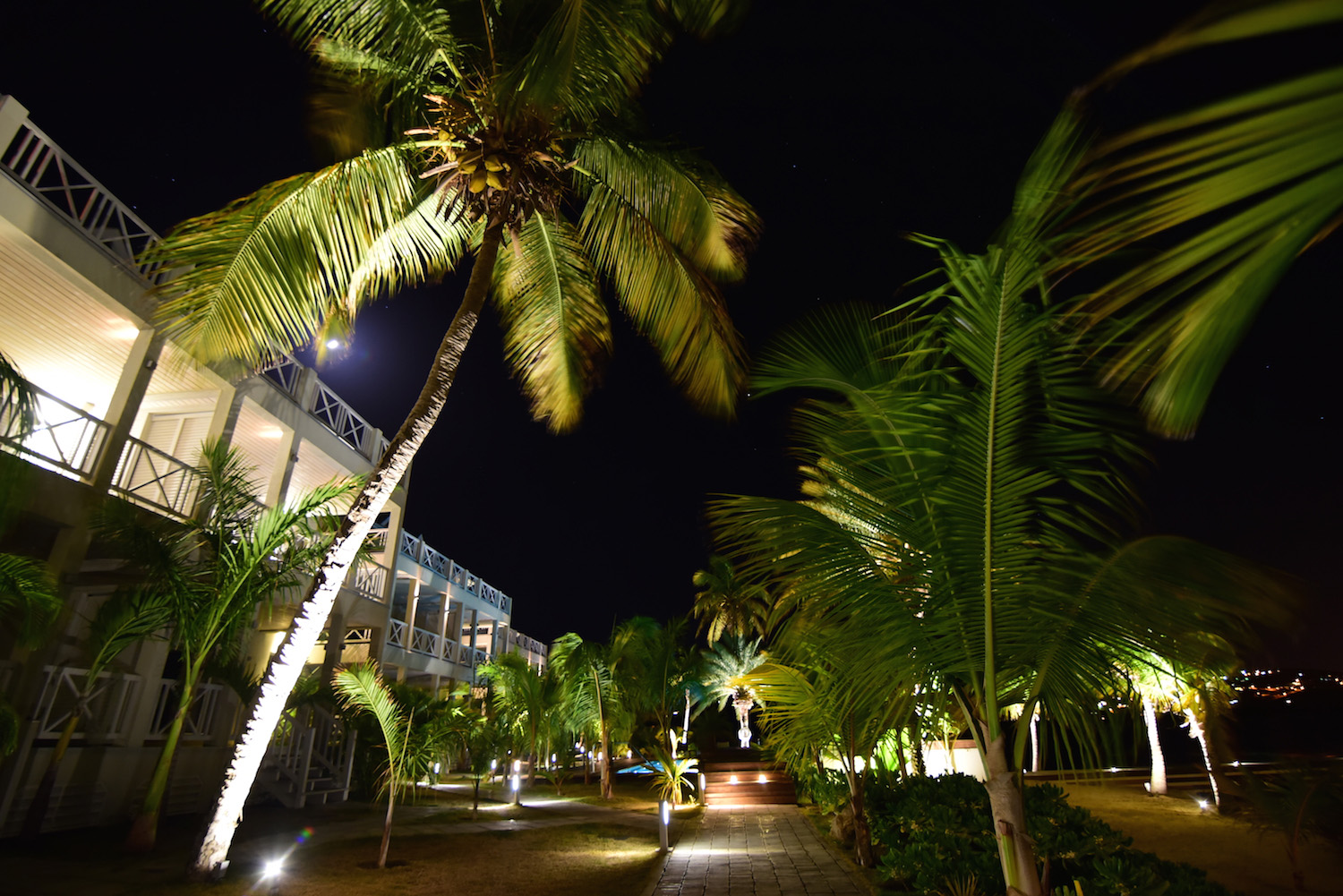
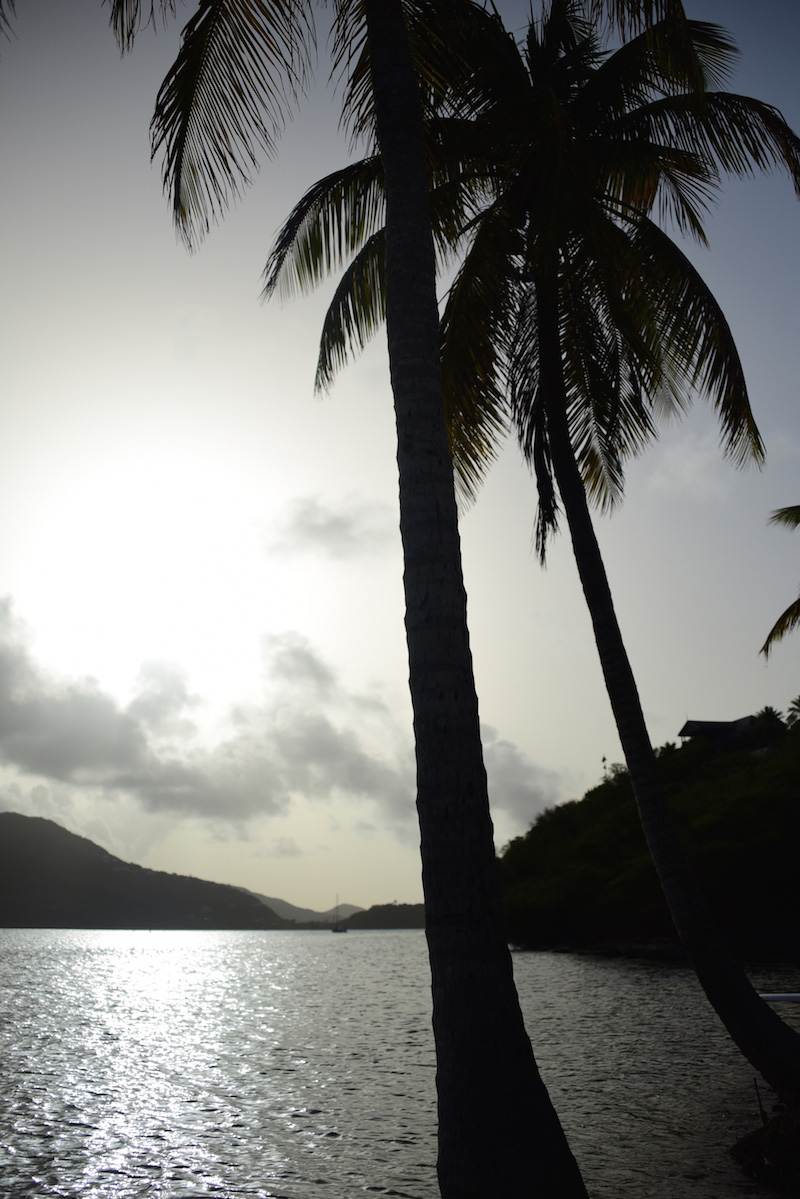
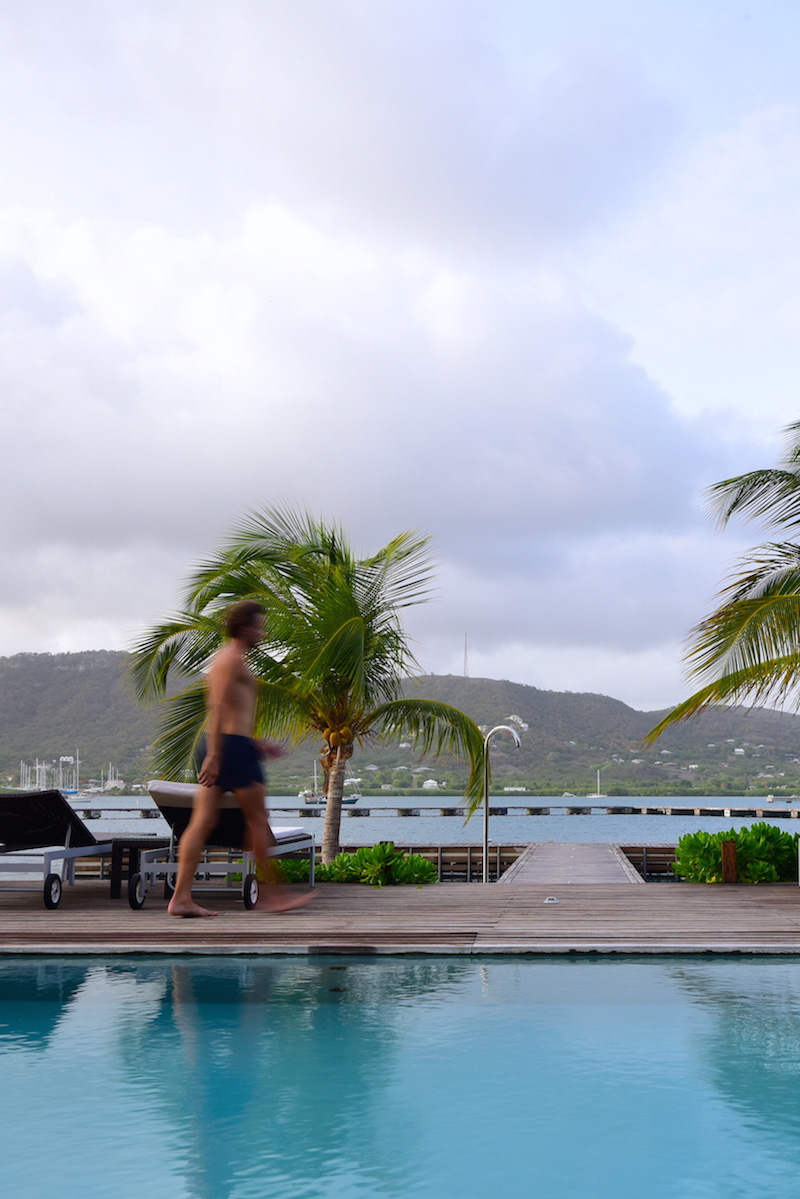
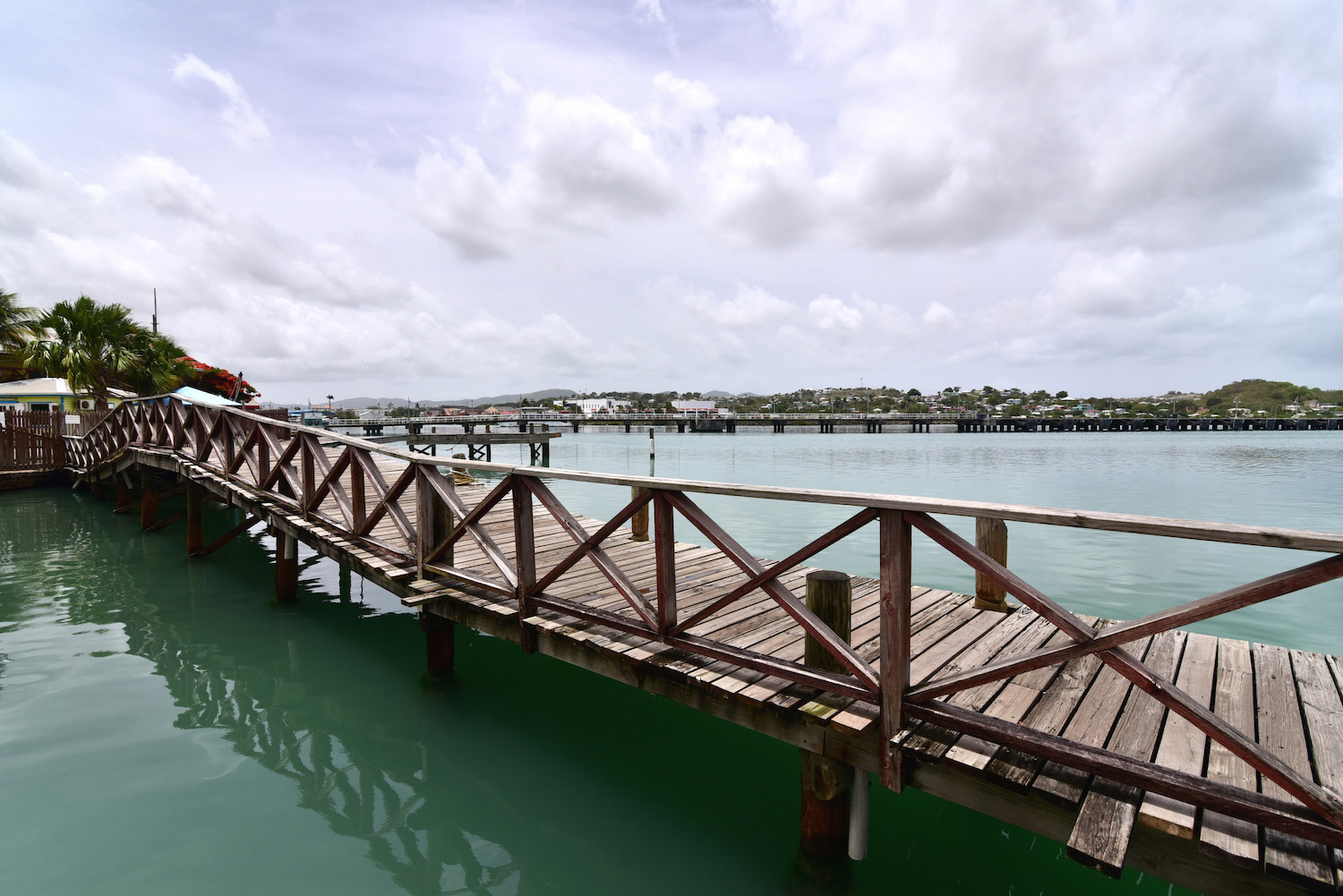
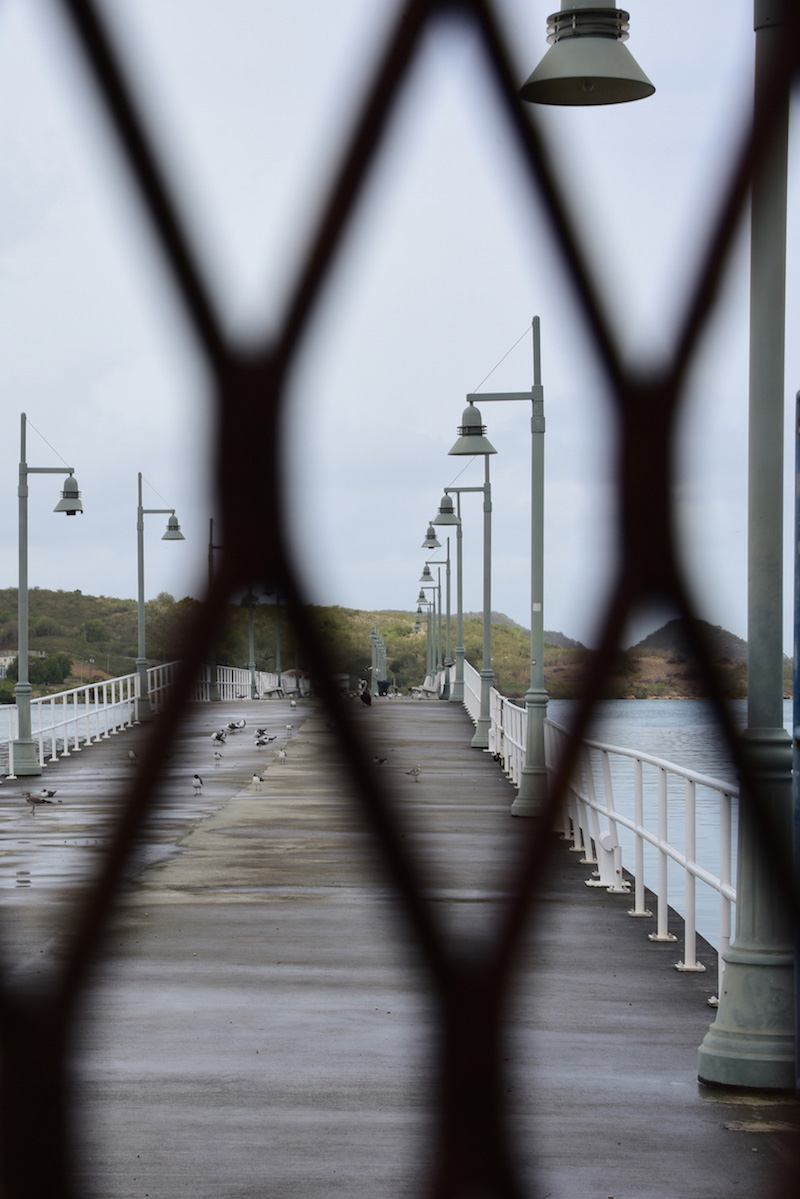
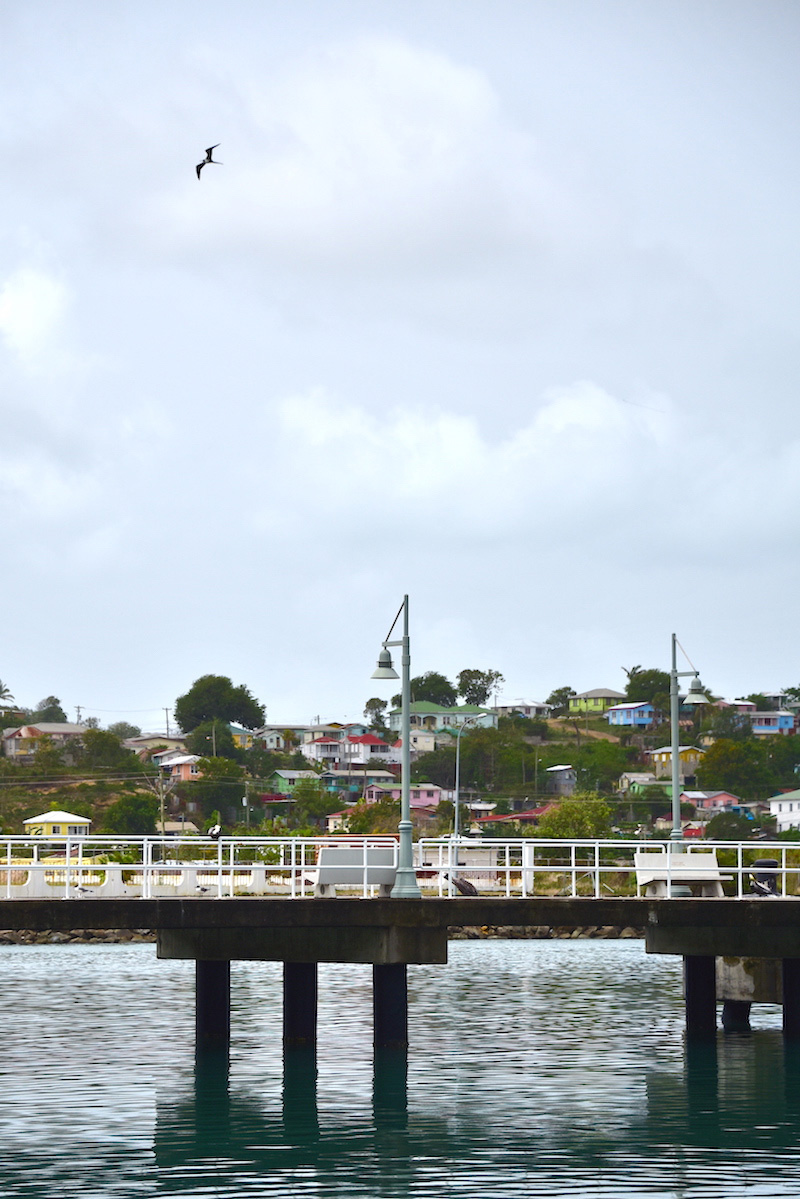
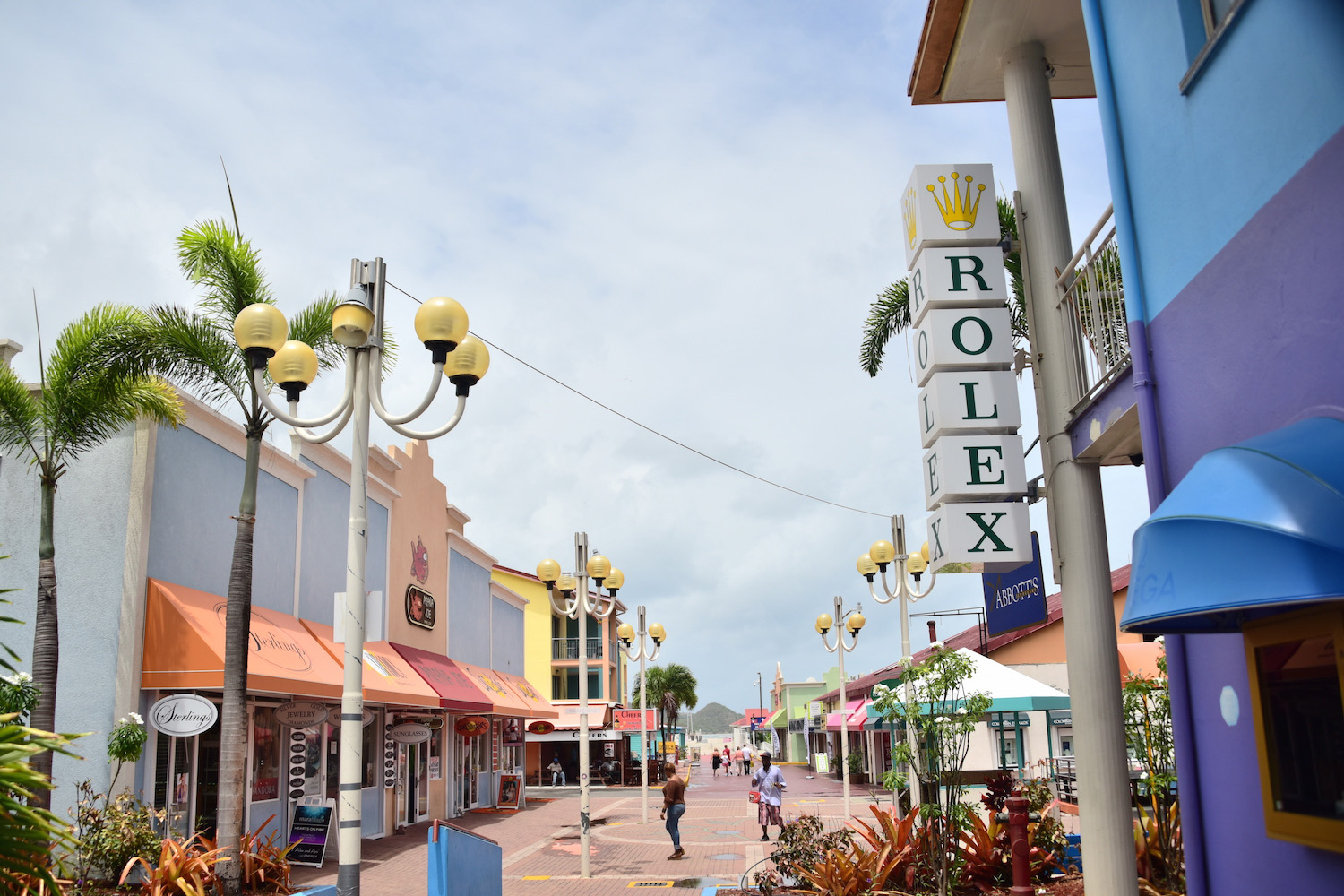
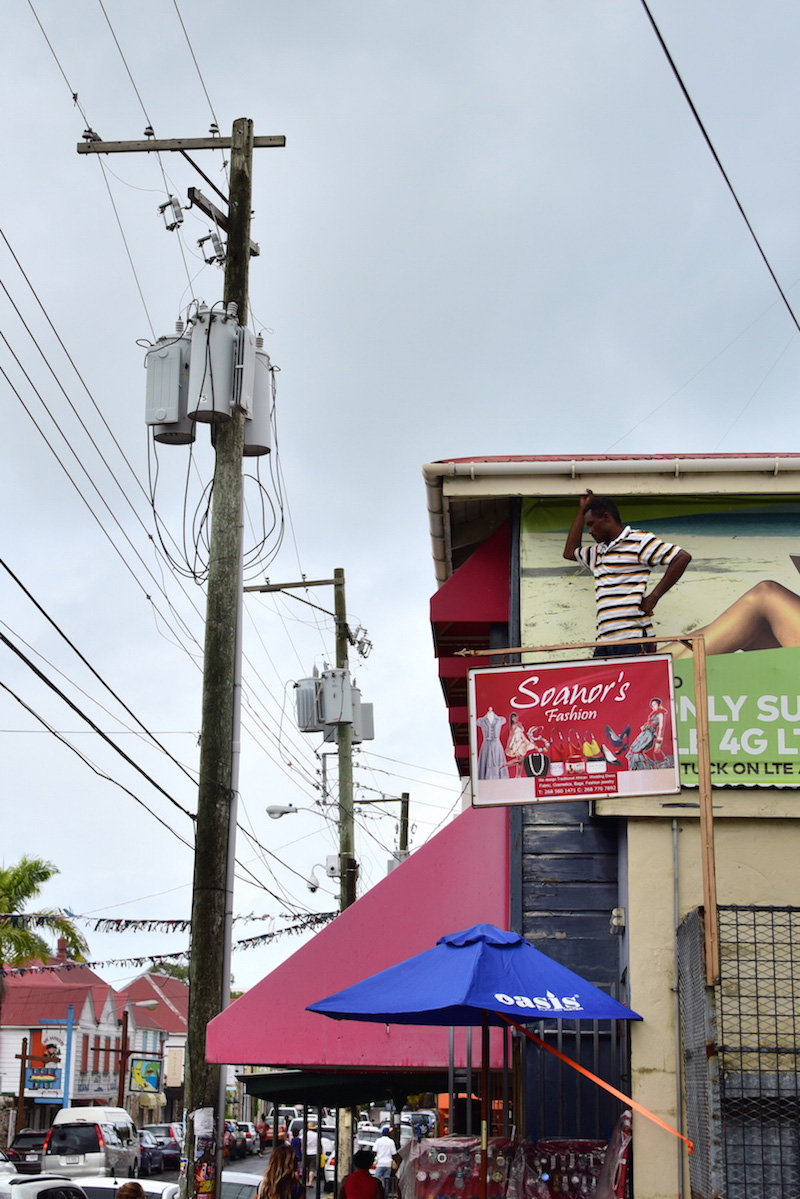


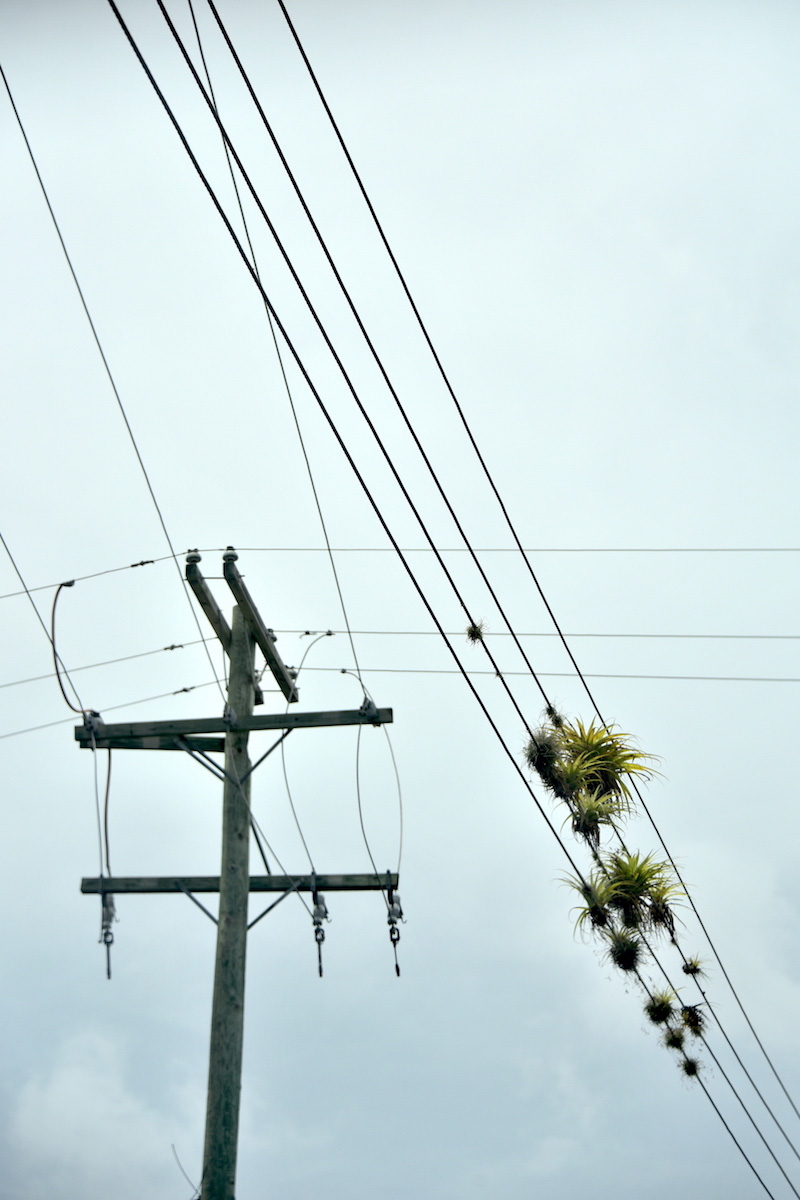

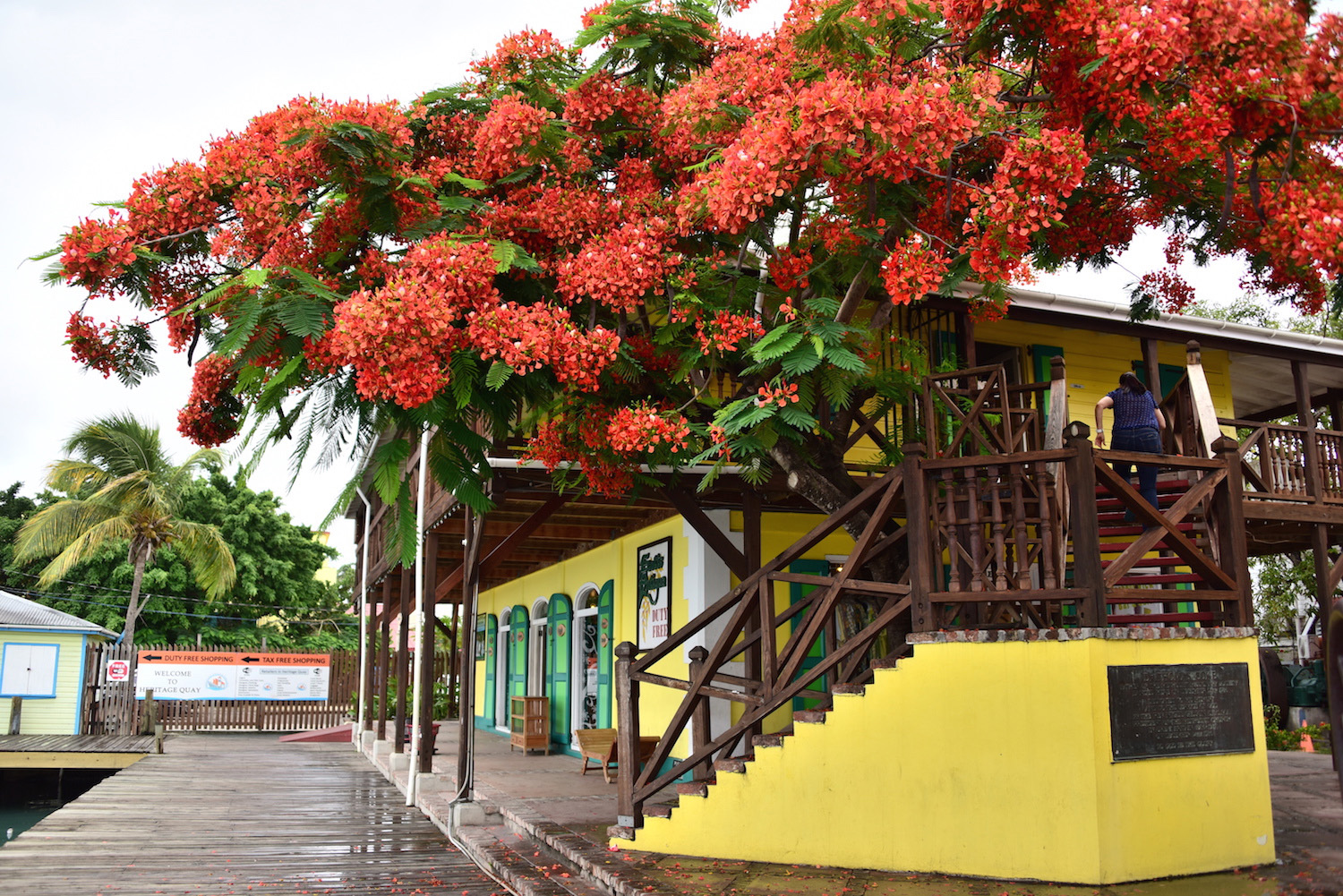
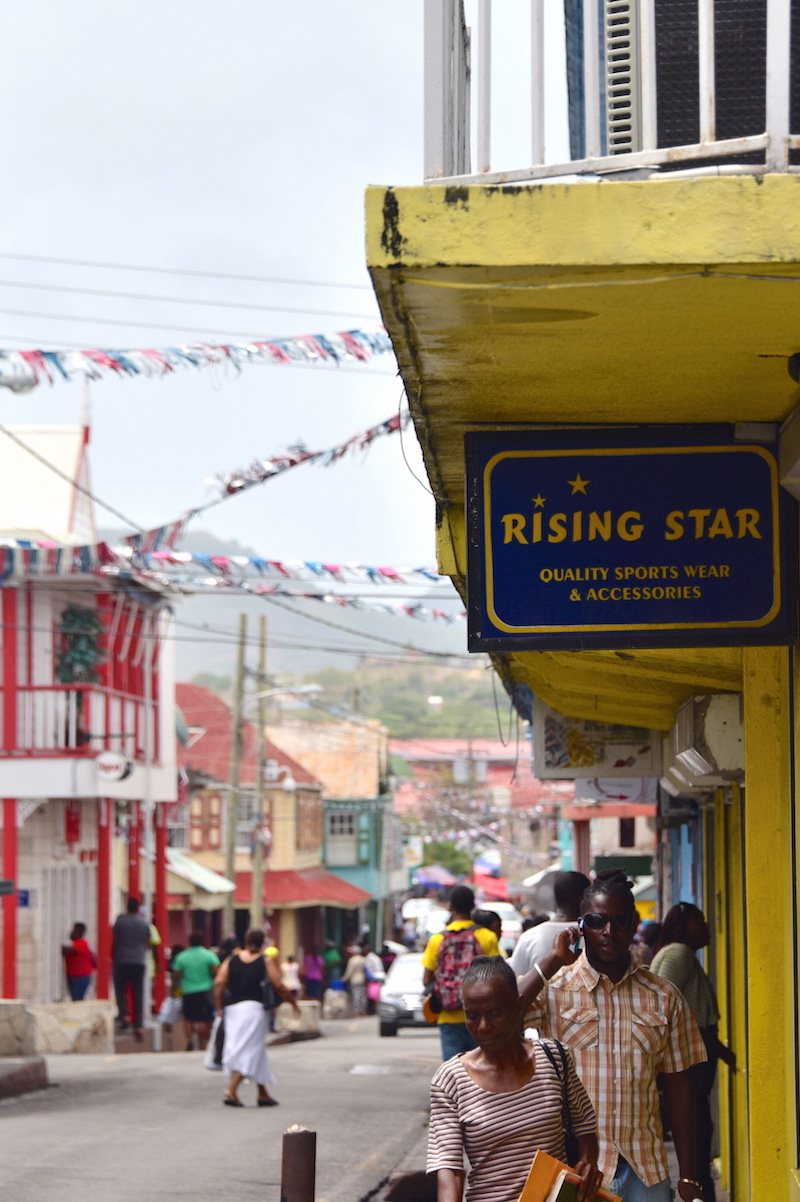
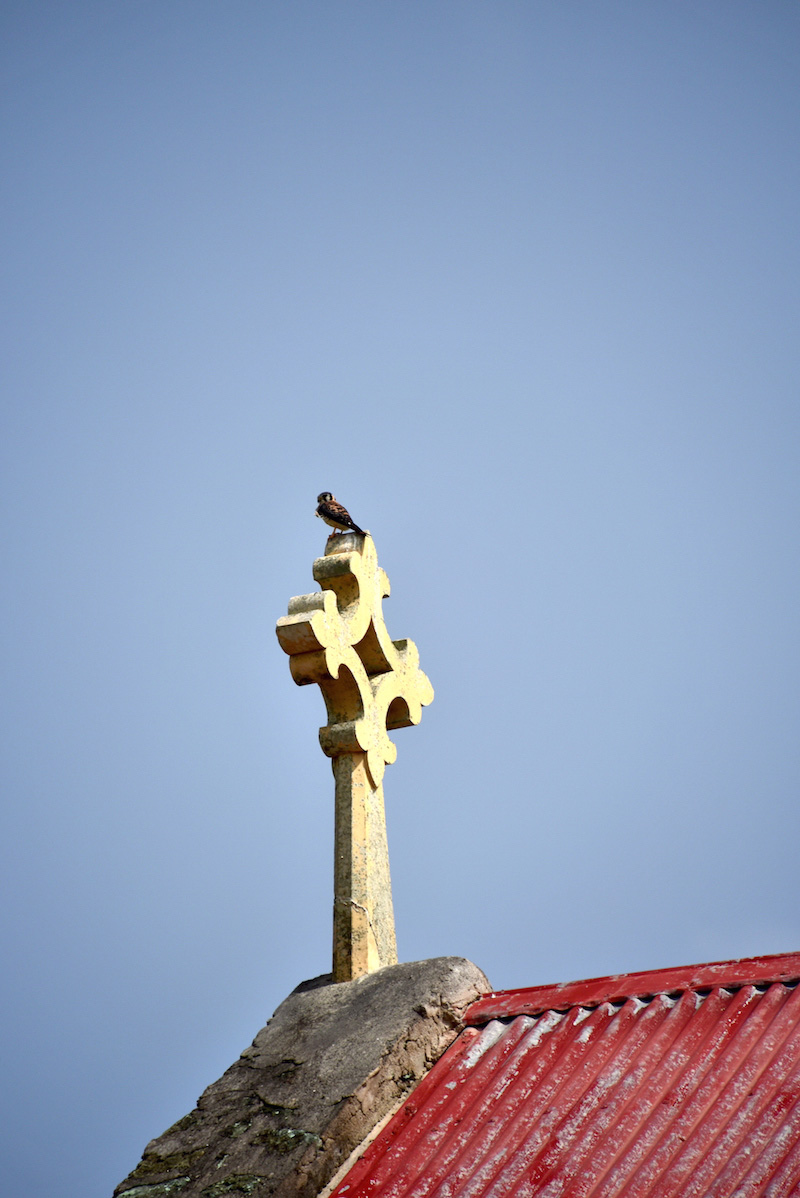
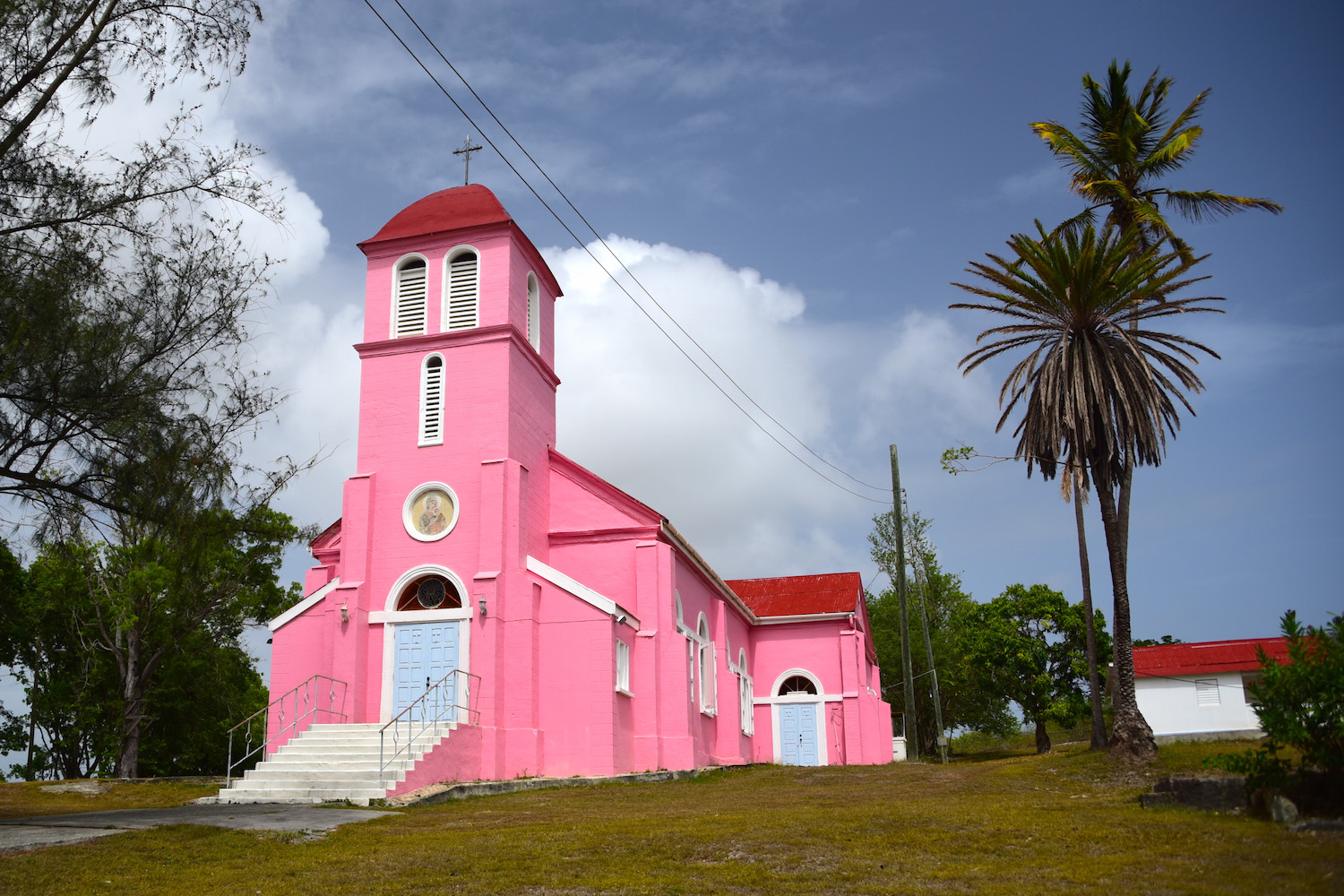

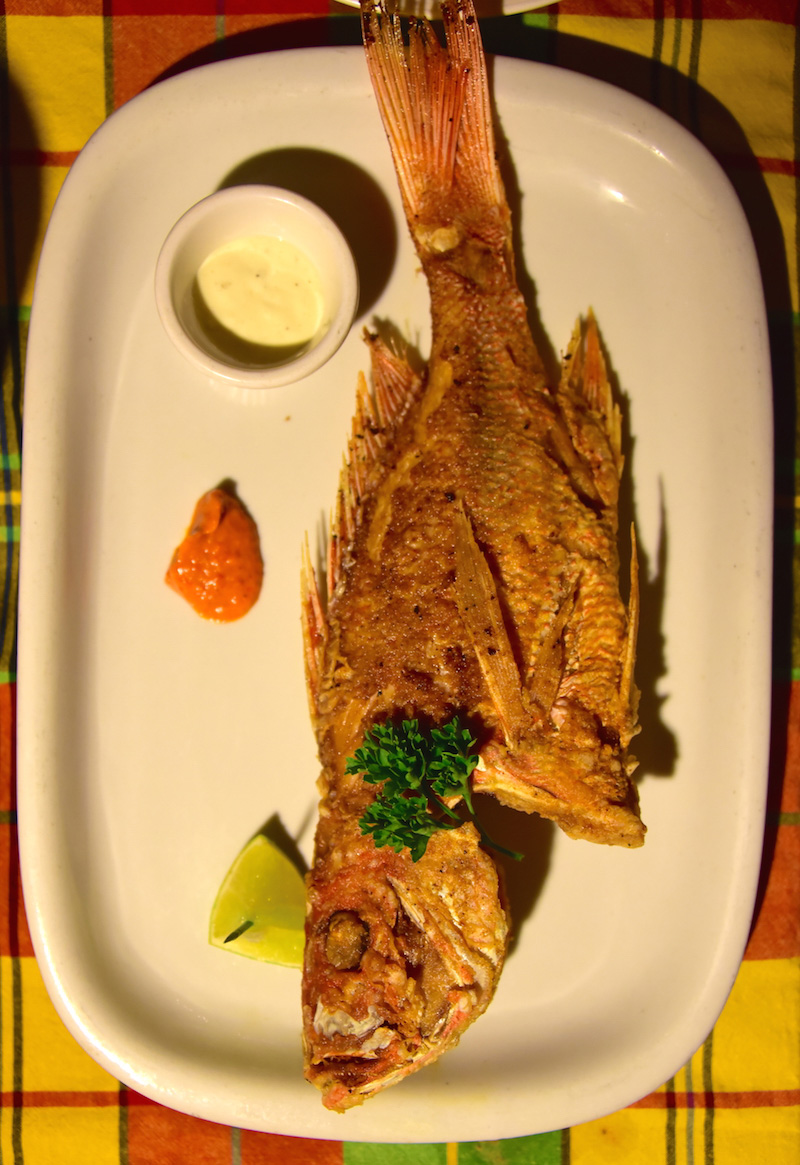
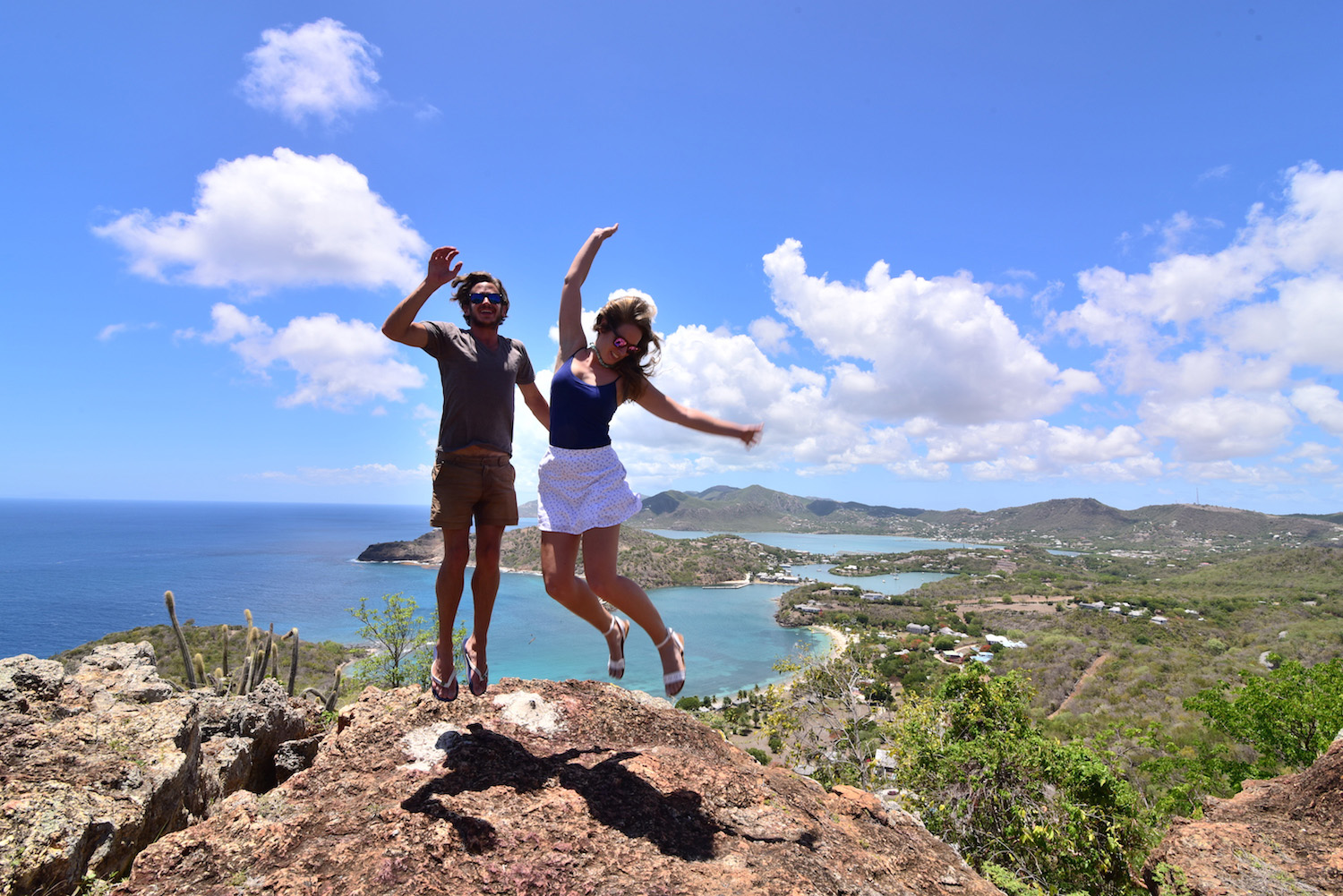
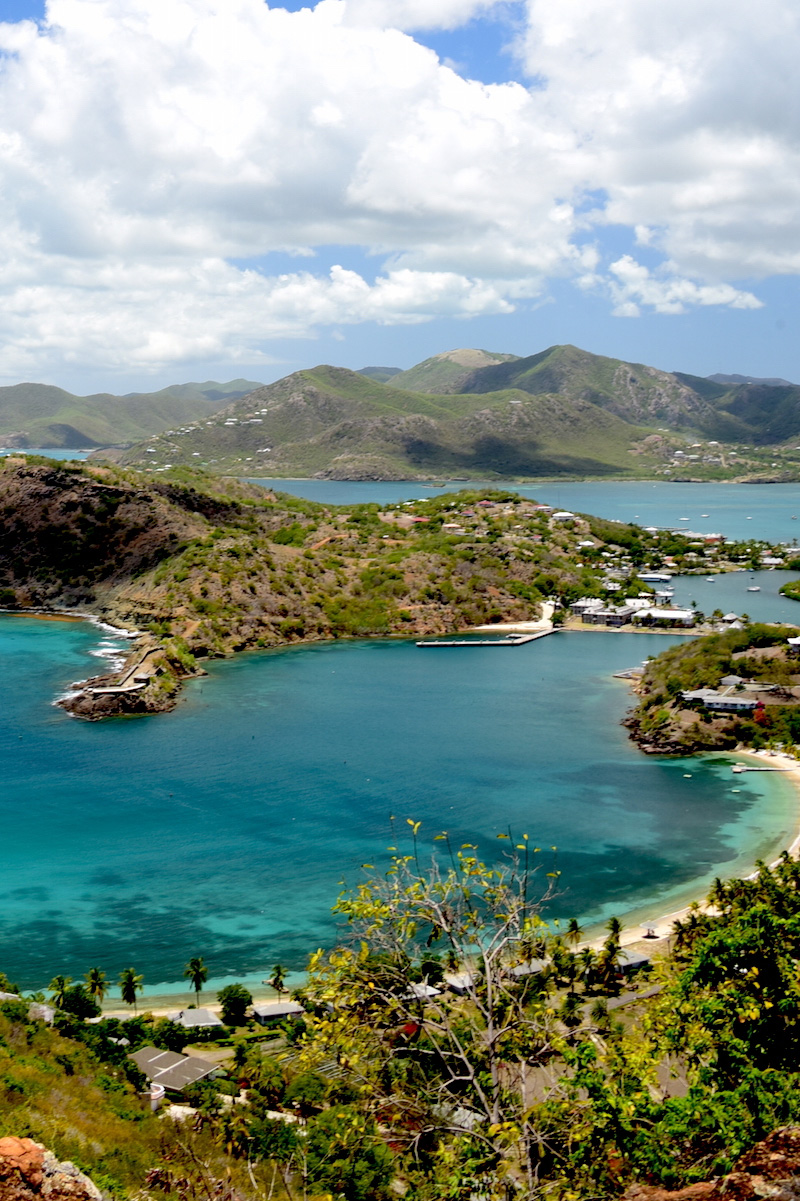
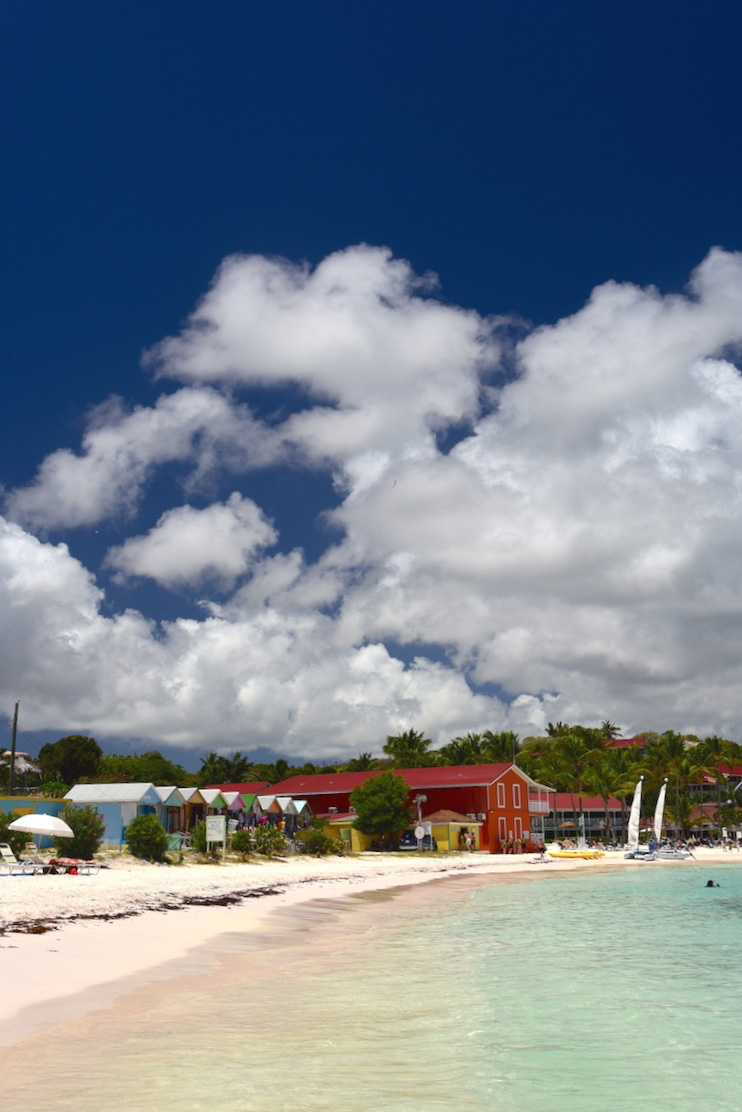


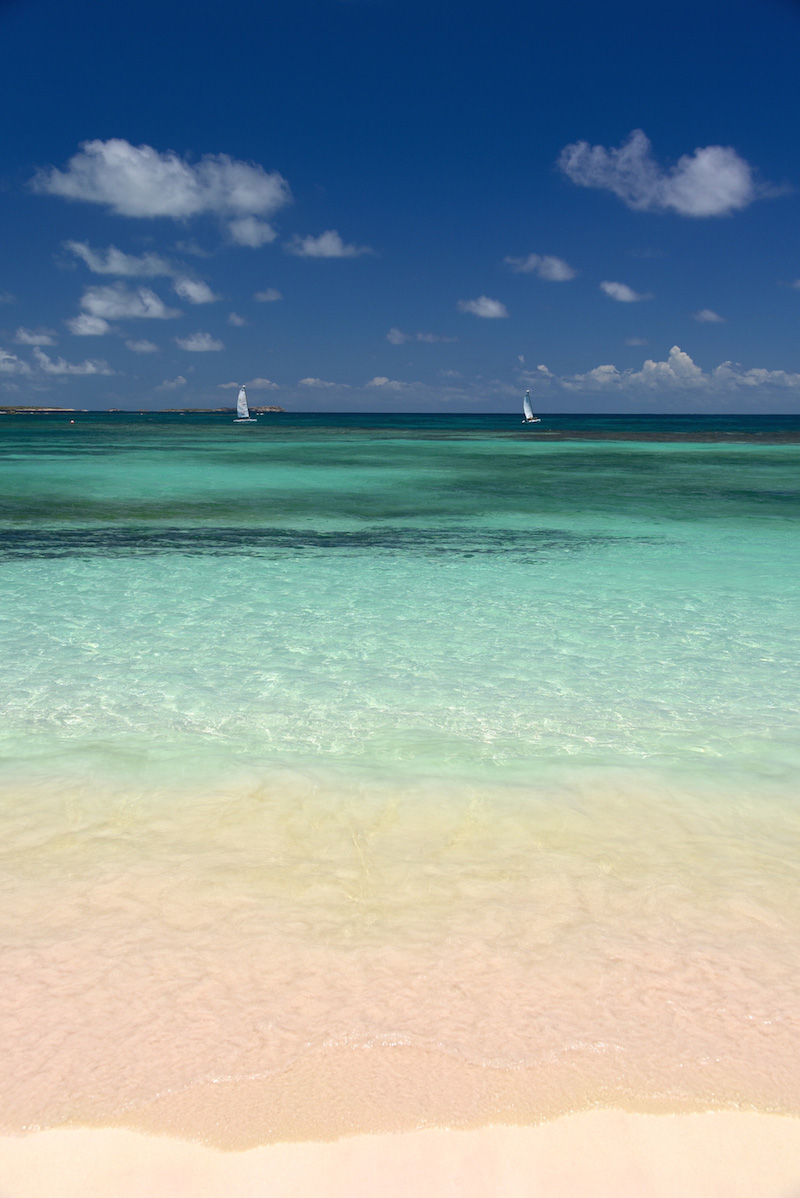
Note: The Antigua and Barbuda Ministry of Tourism paid for my trip but as usual, all opinions are my own.

Robert Schrader is a travel writer and photographer who’s been roaming the world independently since 2005, writing for publications such as “CNNGo” and “Shanghaiist” along the way. His blog, Leave Your Daily Hell, provides a mix of travel advice, destination guides and personal essays covering the more esoteric aspects of life as a traveler.








